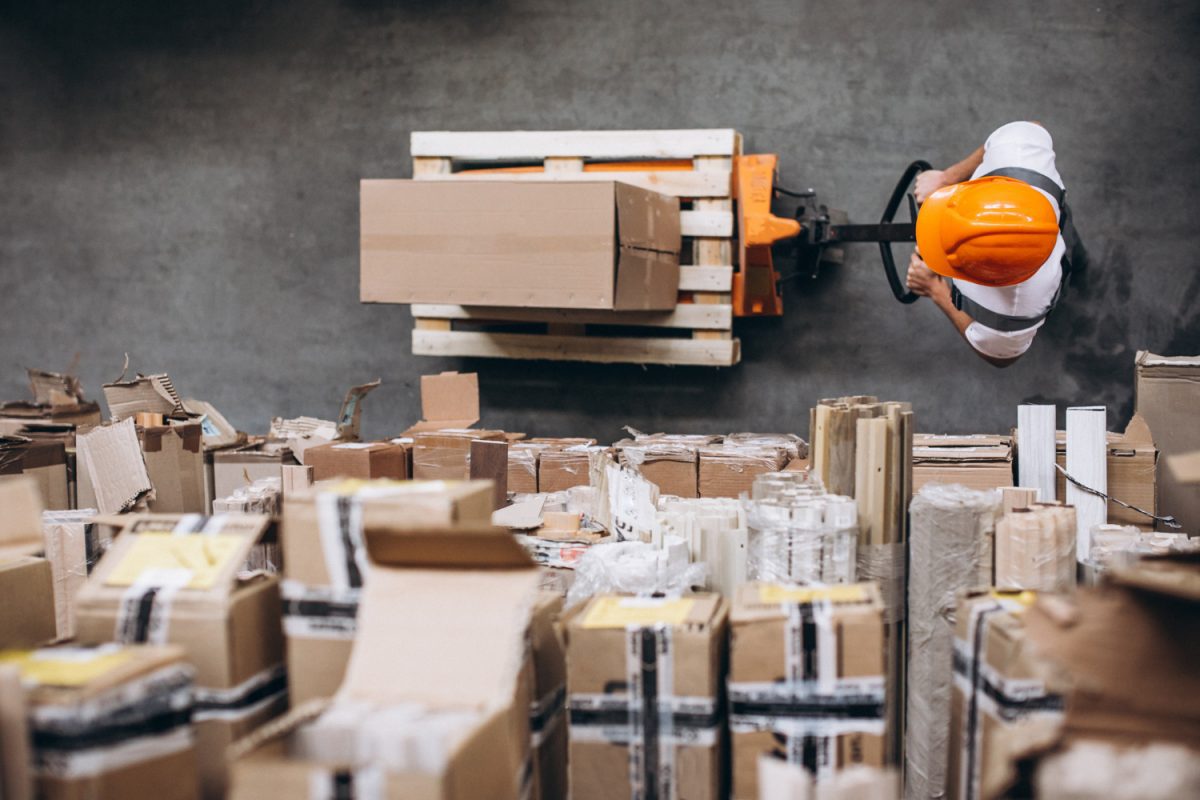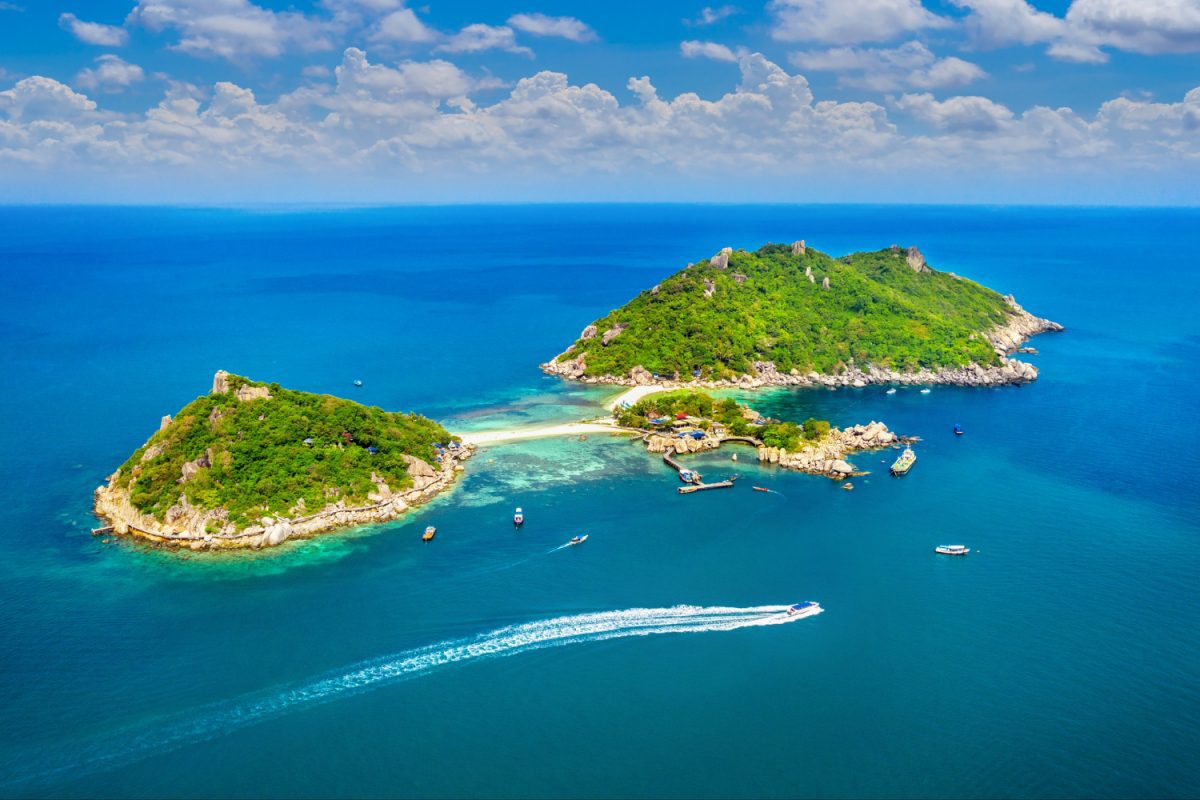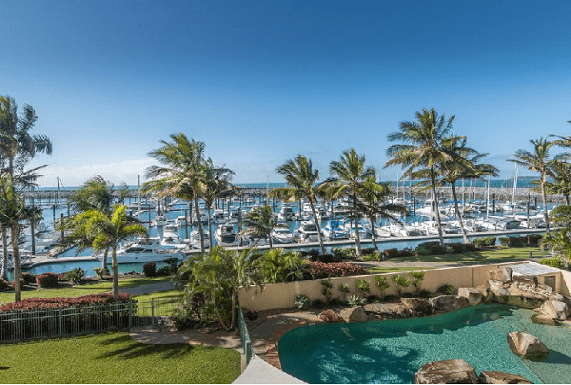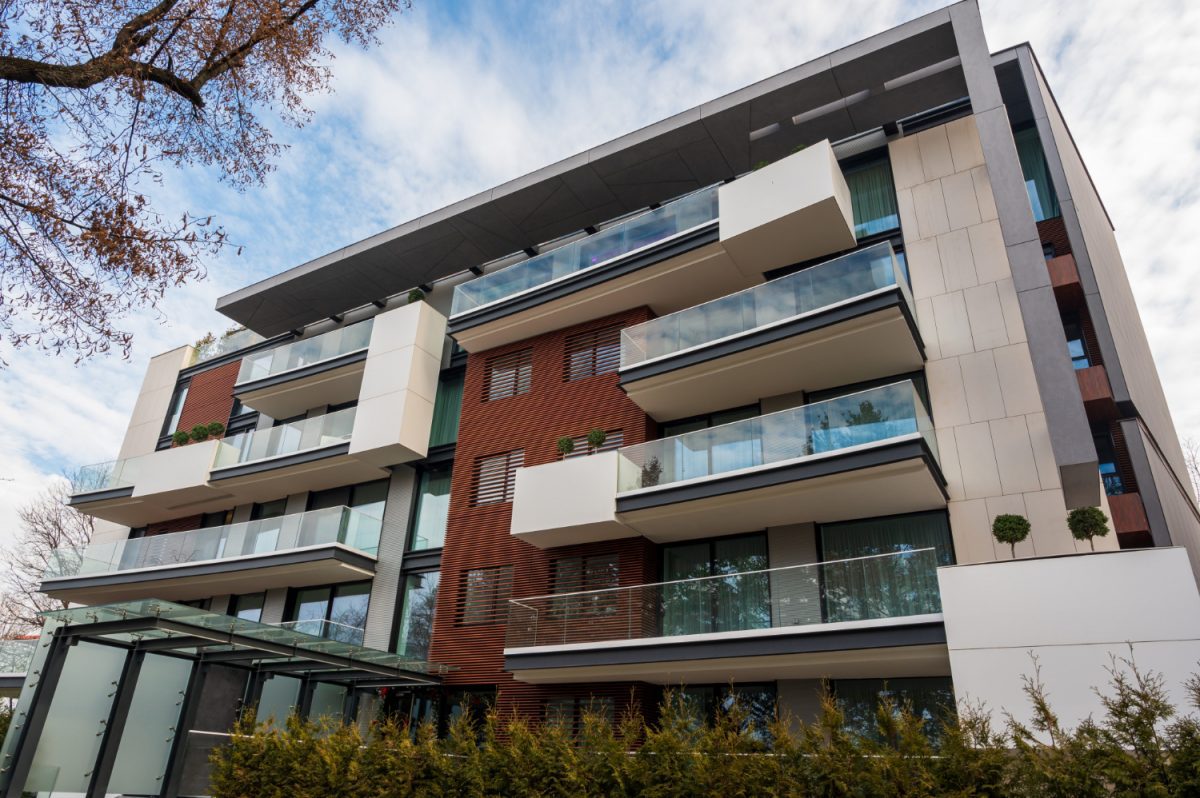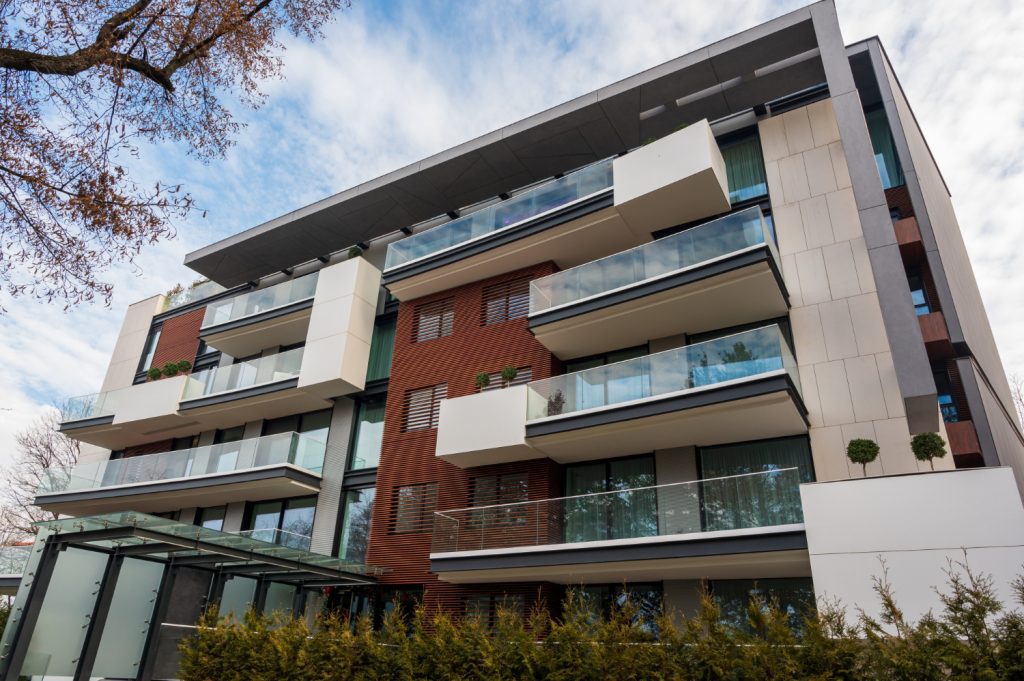The Mackay property market, previously impacted by the downturn in the resources sector, is now recovering. Falling unemployment, rising tourist numbers, an increasing number of large construction projects and the introduction of the Qantas Pilot Training Academy have renewed confidence in the local economy, leading to a reduction in real estate vacancies and a return to growth in prices and rentals. The previous boom in Mackay was heavily driven by mining. This time around, the local economy is carefully gathering impetus on a diversity of industries, not just coal mining. Construction, logistics, agribusiness and tourism are all contributing and providing employment opportunities. The mining industry remains pertinent; commodity prices and overseas demand have lifted, prompting miners to re-examine their businesses and proceed with expansion plans that were temporarily shelved. In anticipation of population growth and increased freight movements, three levels of government are spending serious money on transport and general infrastructure. The popular Whitsunday Islands, part of the Great Barrier Reef tourist mecca, are near Mackay, creating a relaxed water-based lifestyle. This, together with housing affordability and job opportunities, makes Mackay worthy of consideration by investors and first-home buyers.
Economy and Amenities
Sugar cane, tourism and coal mining are the traditional industries of the Mackay Region. Although the sugar industry began to decline in the early 2000s as coal mining in the nearby Bowen and Galilee Basins rose to prominence, Mackay remains one of the largest sugar-producing regions in Australia and the local port hosts one of the world’s largest bulk sugar terminals. The Mackay Region is experiencing substantial population growth, fuelled by strong activity in the resources sector, resurgence in agribusiness, and growth in construction, logistics and tourism. The engineering, manufacturing and mining services industries provide extensive support to the cane sugar and mining industries. The demand is strong enough for the presence of a dedicated mining equipment technology and services hub in Paget.
As Queensland’s fourth largest multi-commodity port by throughput, Mackay is one of the major servicing centres for the Central Queensland mining and agricultural industries. Grain is also exported from Mackay. Located 125km south of Proserpine, the gateway to the Whitsunday Islands, Mackay also benefits from tourism. Capable of berthing 500 water craft, Mackay Marina is the largest base in the district for the maintenance, refit and related services for all marine craft, particularly Super Yachts. Mackay has three main shopping centres, a public hospital and numerous schools. James Cook University and CQ University both have campuses in Mackay. The Spirit of Queensland passenger train (which replaced the former Sunlander in 2014) travels between Brisbane and Cairns five times a week, stopping at Mackay. The Peak Downs Highway connects Mackay to the mining towns of Moranbah, Clermont, Capella and Emerald. Mackay has a busy airport serviced by Qantas, Virgin and Jetstar. Regular flights to regional Queensland and Brisbane have seen around 750,000 passengers (many of them fly-in fly-out workers to the mines) pass through the terminal in the last 12 months. This is an increase of 4% on the previous year. Direct flights to Sydney and Melbourne are under consideration.
Future Prospects
Mackay is primed to build on its position as a key service hub for the region, having overcome the downturn in the resources sector and with unemployment falling steadily over the last three years. It is now preparing for population growth as infrastructure, construction and utilities projects worth billions of dollars begin to unfurl over the next decade. Numerous small-scale construction projects like residential estates, aged-care facilities and a $20 million sports precinct have played a role in gently massaging the economy back to life. Now large-scale projects are gathering momentum. In anticipation of increased population and freight movements, the Queensland Government is building the $500 million Mackay Ring Road. To be built in two stages, the project includes a ring road, diverting heavy vehicles from the CBD; a new bridge over the Pioneer River; and improved access to the Port of Mackay. Around $1.3 billion in State and Commonwealth funding has been committed to road infrastructure upgrades in the Mackay region from now to 2022. The resort on Lindeman Island, which was shut down by Cyclone Yasi in 2011, is to be rebuilt at a cost of $583 million, generating 600 jobs. Once completed, it is expected to attract 200,000 visitors a year. Another project causing excitement is the Qantas Group Pilot Academy. Mackay is to become the site of the second Qantas pilot training academy; the first training academy is due to open in Toowoomba in September 2019.
The Mackay academy is expected to create 2,000–3,000 jobs and draw an influx of renters. Mackay Regional Council is in the planning phase of redeveloping waterfront sections of Binnington Esplanade and the Pioneer River in the CBD to create the Mackay Waterfront precinct. Declared a Priority Development Plan, the project will vitalise the CBD with recreation, tourism, lifestyle and investment opportunities and is similar in nature to the $1.9 billion Townsville City Waterfront Priority Development Area plan. Implementation of the project is expected to begin in 2019
Mining
Better global prices for Australian coal, especially from China, have driven economic recovery in Queensland, says BIS economist Rubhen Jeya in a 2018 report. This is good news for the mining industry which has a significant impact on Central and Northern Queensland. At present, there are around 40 operational coal mines in the Bowen and Galilee Basins, according to the Department of Natural Resources. Another 17 are in the pipeline at various stages; some have been approved with the owners declaring they are committed to proceeding; others worth billions are still undergoing environmental assessments; while some – like Eagle Downs which has been in care and maintenance mode since 2015 – appear set to be resurrected under new ownership. A list of the approved mines can be found at the end of this section. The coal mining industry has increasingly faced strong opposition from protesters and farmers who argue the industry negatively impacts the environment – including precious ground water sources. The anti-coal movement has been successful enough to delay projects in the courts for years, Adani’s Carmichael Project is the most high-profile example. The sheer size of resources projects means they are capable of causing volatility. Property investors can be put at risk if the project doesn’t proceed and the expected outcomes of jobs and rental demand fail to materialise
Highlights
- Low unemployment
- Affordable homes
- Good rental yields
- Strong population growth
- $500 million Mackay Ring Road
- Mackay Waterfront priority project
- Low vacancies
- $1.76 billion Byerwen coal mine
| Suburb Houses |
Typical Prices |
| North Mackay |
$255,000 |
| Sarina |
$285,000 |
| South Mackay |
$275,000 |
| Population & Demographics |
Home ownership |
Postcode |
Vacancy rates |
% |
| Population 2016 |
$115,000 |
28% Own their homes outright |
4740 |
Beaconsfield, Eimeo, Glenella, Mackay |
1.6% |
| Projected population 2036 |
$171,000 |
36% Own with mortgages |
4750 |
Bucasis |
2.3% |
| Median age |
37 |
32% Rent their homes |
4737 |
Sarina |
1.8% |
| 5% idntify as Aboriginal and Torres Strait islander people. |
|
|
4751 |
Walkerston |
1.3% |



